

89.990 kr.

89.990 kr.

5.990 kr.
Snúra til að tengja bílhleðslutengi við SDC eða SDC Lite-tengi á DJI Power rafstöð til að hlaða rafstöðina í bíl.
Nánar
3.490 kr.
Styður allt að 125 W hraðhleðslu, hægt að nota DJI Power rafstöð til að hlaða DJI Air 3-rafhlöður.
Nánar
5.990 kr.
Með þessum kapli geta orkustöðvar DJI Power-línunar umbreytt SDC í sígarettutengi, og veita 12V DC til að hlaða tæki með sígarettutengi.
Nánar
3.490 kr.
Styður allt að 150 W hraðhleðslu og gerir þér kleift að nota DJI Power rafstöð til að hlaða DJI Mavic 3 rafhlöður.
NánarDJI Power 500 provides stable power with a battery capacity of 512 Wh to provide a max output power of 1000 W. [1] It is capable of powering high-wattage appliances such as electric kettles (900 W).
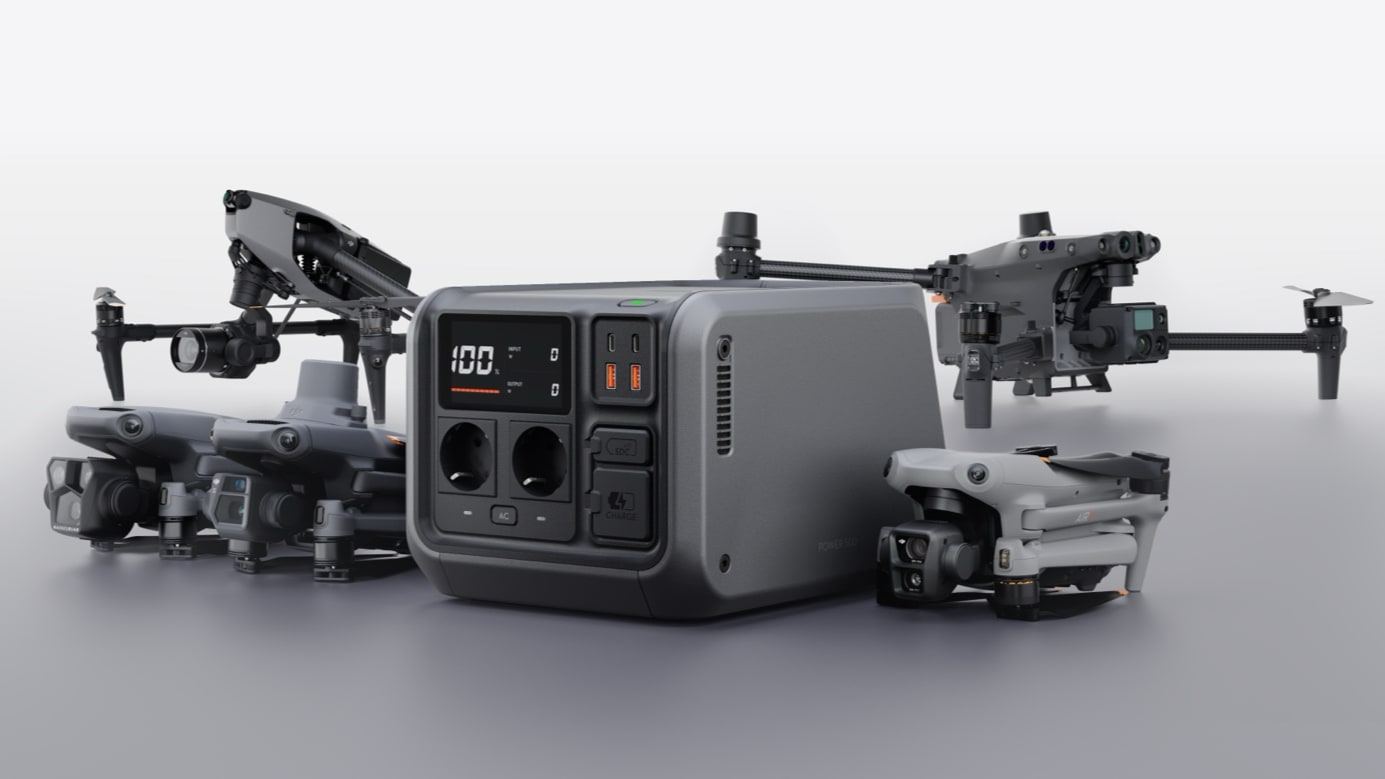
Fast charge select DJI drones with the DJI Power SDC super-fast charge function for more worry-free flight and expanded creativity.

When connected to grid power, Power 500 supports 540W and 270W recharging, with the fastest recharge time being 70 minutes for 100% battery. [2]
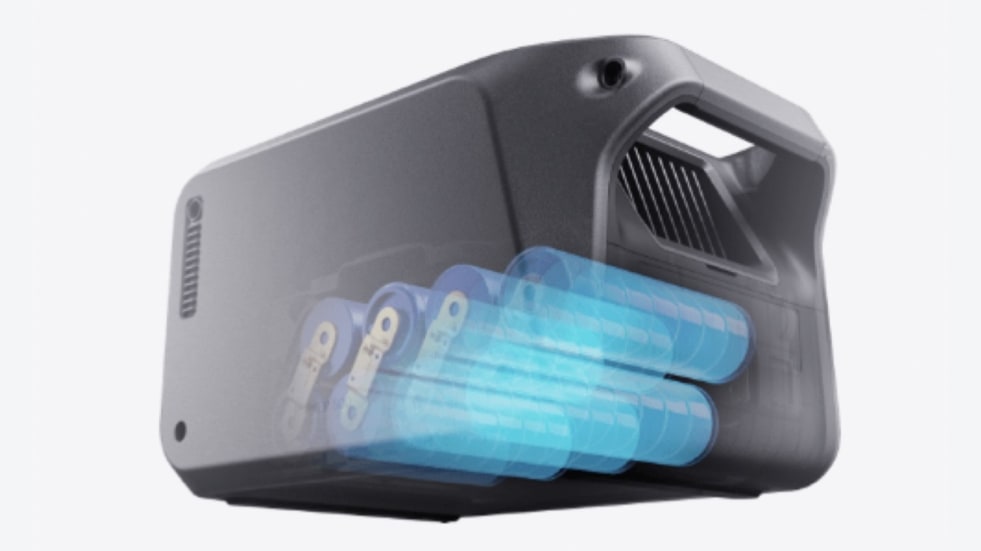
Power 500 has passed 26 product test certifications from the Swiss SGS, ensuring safe use and a 4000-cycle life [4] (approx. 10 years). [5]
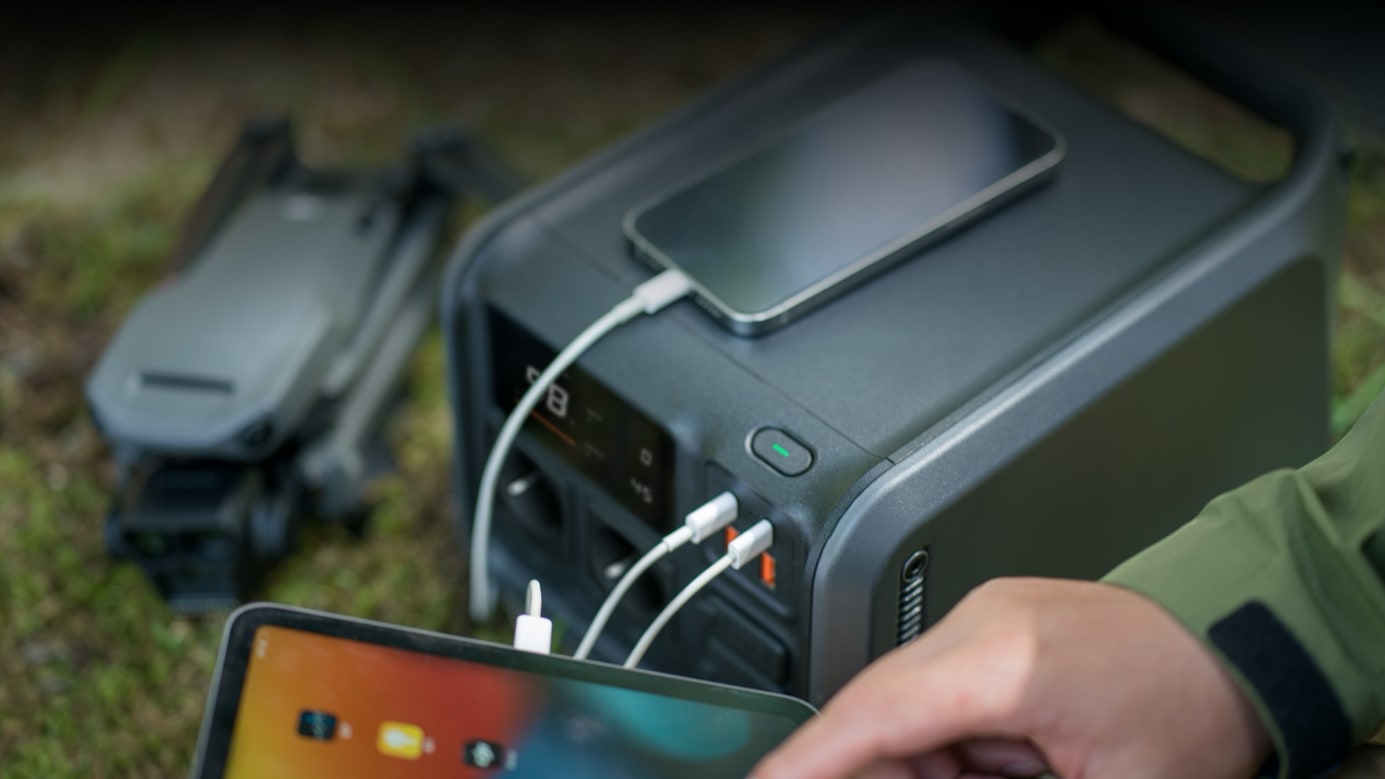
Both ports can simultaneously recharge Power 500 at 200 W (max) or provide power at 100 W (max). [6]
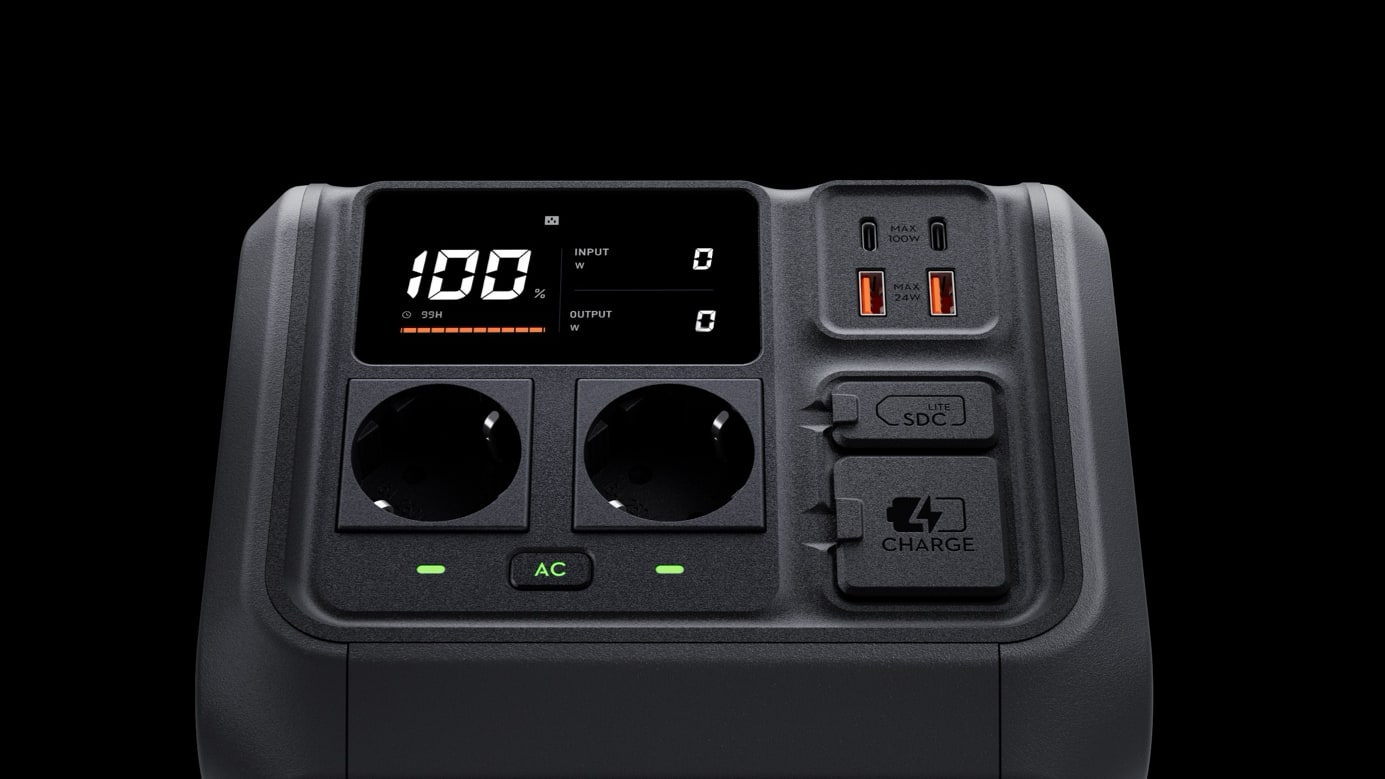
Power 500 has dual two-way USB-C ports, dual AC output ports, dual USB-A ports, and one SDC Lite port for extensive charge and recharge options.
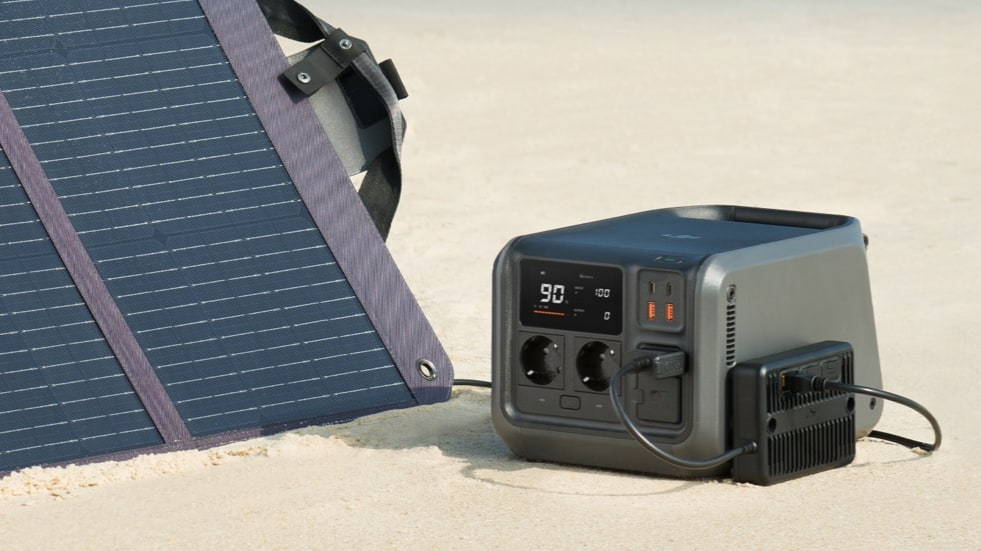
DJI Power 500 can be connected to solar panels through the MPPT module or Power Car Power Outlet to SDC Power Cable, [8] for solar recharging.
89.990 kr.
Við látum þig vita þegar varan er komin aftur á lager
From the body structure and cell chemistry to the system software, DJI Power 500 features a comprehensive safety design. It has passed 26 product test certifications from the Swiss third-party testing authority SGS, ensuring worry-free electrical usage.
In terms of hardware, the automotive-grade LFP cell is safe and durable, and can achieve up to 4000 cycles, providing a lifespan of approximately 10 years, even with frequent use.
For structure, DJI Power 500 uses flame-retardant material and supports weights of up to 100 kg (220 lbs), further enhancing safety and reliability.
In terms of software, DJI Power 500 adopts the intelligent Battery Management System (BMS). When the safety threshold of electricity usage is surpassed, the protective mechanism for supplying power and recharging will kick into action automatically. Once the electricity supply returns to normal, DJI Power 500 will resume operation. This prevents situations like over-current, over-voltage, and over-discharge.
There are four recharging methods:
1. Recharging with AC power through the AC input port.
2. Recharging through the USB-C port.
3. Recharging with solar power via the DJI Power Solar Panel Adapter Module (MPPT) and solar panels.
4. Recharging with a car power outlet via the DJI Power Car Power Outlet to SDC Power Cable (12V/24V).
The fastest recharging method is through the AC input port. It takes just 70 minutes to charge from 0% to 100%, and approximately 50 minutes to charge from 0% to 80%.
DJI Power 500 can be connected to solar panels through the DJI Power Solar Panel Adapter Module (MPPT) for eco-friendly solar power recharging. MPPT (Maximum Power Point Tracking) is an intelligent algorithm that supports real-time monitoring of the voltage generated by connected solar panels. By tracking and maintaining the highest voltage and current values (V-I), the algorithm allows the solar panels to recharge DJI Power 500 in an optimized and efficient way.
DJI Power 500 can connect to one DJI Power Solar Panel Adapter Modules (MPPT), which can then connect to one to three solar panels. This means up to three solar panels can be used at the same time, which can fully recharge the power station in 1.8 hours [9] at the soonest. In scenarios like camping or home backup battery where you need a long-lasting power source, we strongly recommend purchasing solar panels. It helps extend the operating time of DJI Power 500.
There are three ways to supply power: From the AC output ports, USB ports, and the SDC Lite port.
The AC output ports can be directly connected to common household appliances.
USB ports can power laptops, mobile phones, or other digital devices.
The SDC Lite port supports a variety of power supply extensions through accessories, and can fast charge select DJI drone batteries, such as those from the Mavic 3 series and Air 3/3S.
1. Recharging the power station with solar power via the DJI Power Solar Panel Adapter Module (MPPT).
2. Fast charging DJI Mavic 3 Series Intelligent Flight Battery, DJI Air 3/3S Intelligent Flight Battery, Matrice 30 Series TB30 Intelligent Flight Battery, and DJI Inspire 3 TB51 Intelligent Battery using the corresponding fast charge cable.
3. Supplying power to car-powered appliances via the DJI Power SDC to Car Charger Plug Power Cable.
4. Charging model aircraft batteries outdoors by connecting to the balance charger (model aircraft battery balance charger) via the DJI Power SDC to XT60 Power Cable (12V).
5. Recharging the power station with a car’s power outlet via the DJI Power Car Power Outlet to SDC Power Cable (12V/24V).
Do you have a question? Contact us
